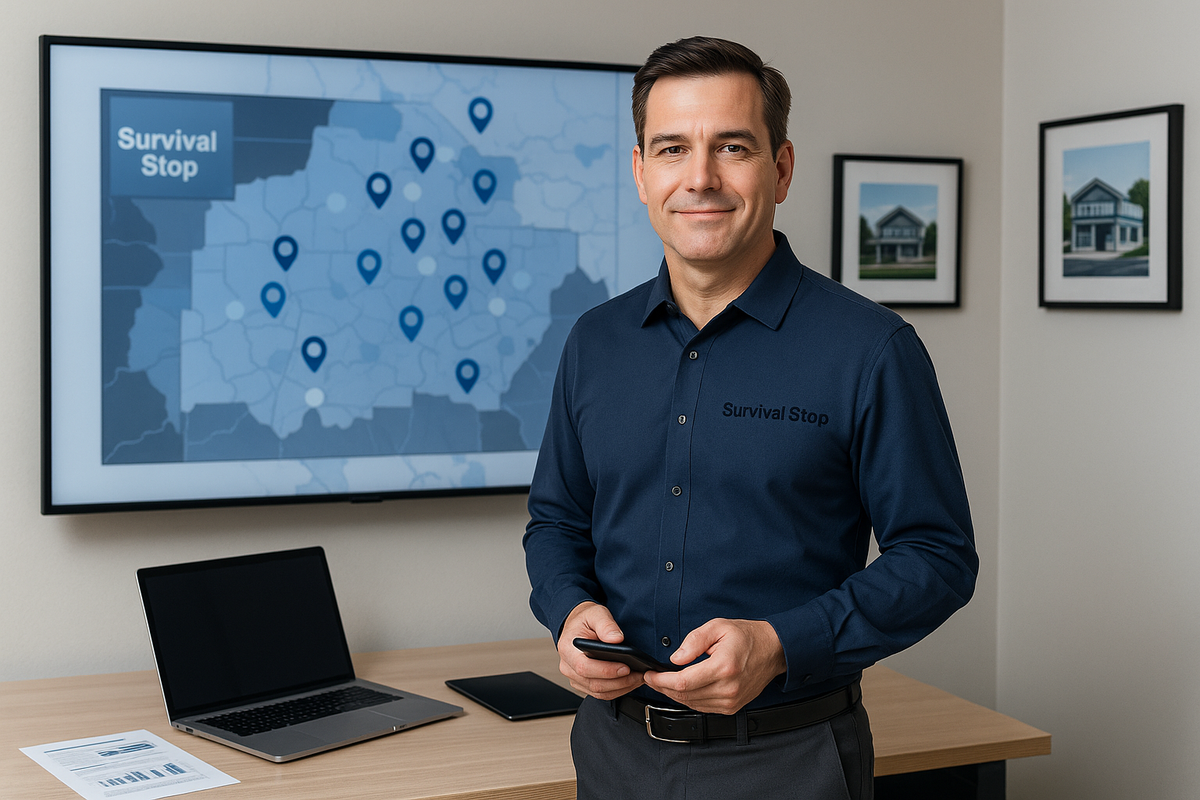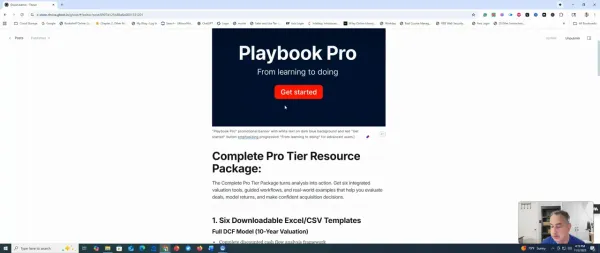9 Best Practices for Managing Multiple Stores
Effective multi-store management requires balancing priorities across locations while maintaining operational alignment. District managers need strategic oversight, efficient communication methods, and practical tools to supervise multiple convenience stores successfully.

When you’re managing five, ten, or even fifteen convenience stores, you don’t just need a good memory and a full gas tank, you need a system. Multi-store management isn’t about visiting stores and hoping they’re running fine. It’s about applying intentional leadership, repeatable strategies, and clear expectations across every location you touch.
I’ve sat in your seat. And if your Mondays feel like a fire drill and your Fridays like a coin toss, these 9 best practices are your roadmap to better performance and a bit more breathing room.
1. Standardize What You Can, Customize What You Must
Why it matters: Inconsistent procedures across stores breed confusion and inefficiency.
What to do:
- Create SOPs for key operations: shift change, cash handling, cleaning schedules, food service protocols.
- Use tools like Jotform or Process Street to track compliance.
- Customize only when necessary (e.g., adjusting hot food schedules based on local traffic patterns).
🔧 Tool Tip: Store-specific SOP binders can be digitized using Google Drive folders shared with store managers.
2. Conduct Weekly Focus Audits
Why it matters: It's easy to lose track of what matters when everything is urgent.
What to do:
- Audit one store per week, focusing on a specific area (e.g., cleanliness, upselling, compliance).
- Include anonymous staff-only feedback using QR-code surveys or Google Forms.
- Track findings in a shared dashboard.
🎓 Pro Tip: Employees often reveal what you won’t see during a walkthrough. Give them a voice.
3. Set Monday Routines for Momentum
Why it matters: Mondays set the tone, and tone multiplies across locations.
What to do:
- Three things every multi-store manager should do on Monday:
- Review weekend sales + voids + labor vs. forecast.
- Text or call every store manager, build rhythm.
- Prioritize 1-2 needle-moving tasks for each location.
🎥 Clip it: Record a 15-second video message to your store teams every Monday. It builds connection, fast.
4. Measure Manager Performance Like a Coach, Not a Cop
Why it matters: Store managers perform at different levels, some fly, some flounder.
What to do:
- Use a scorecard that includes both hard metrics (sales, shrink, labor) and soft skills (team development, attitude, reliability).
- Hold monthly one-on-ones to review and coach, not just correct.
✅ Best Practice Scorecard:
|
Metric |
Goal |
Store A |
Store B |
Store C |
|
Mystery Shop Score |
85%+ |
92% |
81% |
88% |
|
Labor % of Sales |
<15% |
14.2% |
16.9% |
13.7% |
|
Manager Attendance |
100% |
✔️ |
❌ |
✔️ |
|
Team Engagement Pulse |
4+ (of 5) |
4.7 |
3.9 |
4.2 |
5. Align Goals Across the Map
Why it matters: Stores often operate in silos, chasing different rabbits.
What to do:
- Establish quarterly goals everyone understands: “Grow loyalty signups by 10% this quarter.”
- Use a shared visual tracker (Airtable, Notion, or even a wallboard in each backroom).
💡 Keep it visible. People chase what’s measured, and what’s seen.
6. Create a Communication Loop, Not a Dead-End
Why it matters: “No one told me” kills consistency.
What to do:
- Use a Communication Planner: what needs to be communicated, who needs it, and how it’s verified.
- Example: If a new hot food item launches Friday, store managers must review the job aid with all shifts by Thursday.
📍 Tactic: Ask managers to repeat back what they heard during calls or meetings. Clarity beats assumptions.
7. Protect Your Calendar from Chaos
Why it matters: If your schedule gets hijacked daily, you’ll always react instead of lead.
What to do:
- Block time each week for:
- Store visits
- Performance reviews
- Training
- Use a shared calendar to limit non-critical interruptions from stores.
📆 Personal Habit: Friday mornings = plan next week’s top 3 objectives per store.
8. Cross-Pollinate High Performers
Why it matters: Great managers can help elevate struggling teams—if given the chance.
What to do:
- Send top-performing managers to assist during crisis or to mentor other leaders.
- Host quarterly roundtables where managers swap what’s working.
👥 Leadership Principle: Grow your leaders by letting them lead beyond their store.
9. Lead with Visibility, Not Just Visits
Why it matters: Your presence—or absence—shapes culture.
What to do:
- Make unannounced visits normal, but not punitive.
- Send encouraging texts or praise via group chat.
- Show up when it matters: new hires, peak sales days, or after a tough week.
🪞 Leadership Rule: If the team sees you only when things go wrong, they’ll hide problems until it’s too late.
Final Thought: Multi-Store Management Is Not a Sprint
It’s a balance of rhythm and rigor, systems and people. The most successful district managers I’ve worked with don’t just “check” stores, they develop them. They build teams, standardize processes, and lead like every minute matters, because it does.





